El otro Cristóbal (1963)
Género : Drama, Fantasía, Drama, Fantasía
Tiempo de ejecución : 1H 55M
Director : Armand Gatti
Sinopsis
Directed by Armand Gatti
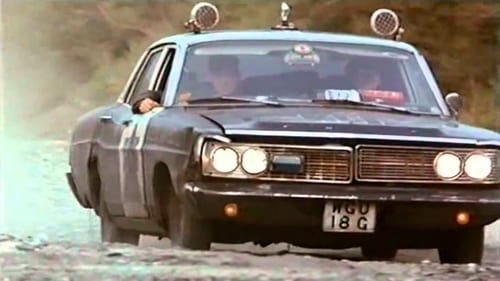
The Justified Ancients of Mu Mu, King Boy D and Rockman Rock, try to find and gain access to the mystical White Room. They leave a party at their house and drive in their 1968 US Cop Car through night-time London and the dusty plains of the Sierra Nevada region of Spain. There they face judgement: will they be allowed to enter the White Room? Meanwhile their lawyer David Franks tries to find a loophole to free them from their contract with Eternity.
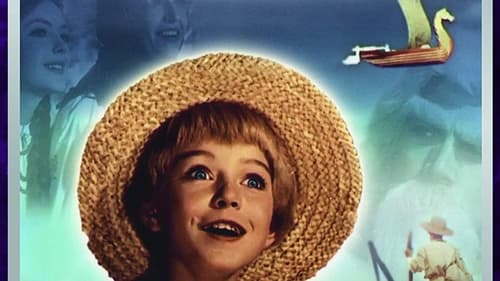
Ukrainian folk tale. The hero of the story, Kotigoroschko sets off on an arduous journey to find his sister Olenka, who has been kidnapped by an evil dragon. Dangers lurk everywhere. Everywhere the submissive servants of the dragon fight him, but again and again, good-hearted people help the brave young knight survive the adventurous journey: they give him a sword, life-giving water and a flying ship. Finally Kotigoroschko enters the realm of the dragon...
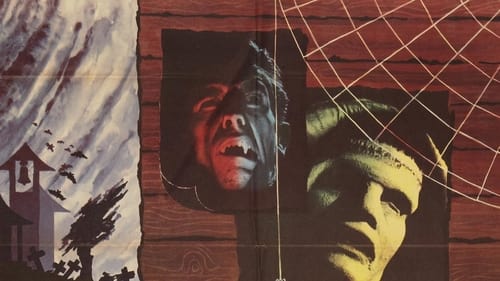
Two screwballs get mixed up with monsters, mad scientists and vampires.

Tourneur, a self-proclaimed cinéaste, feuds with Cinema and his gang, who are obsessed with foreign action movies.

Café de los Maestros es un documental de Miguel Kohan, producido por Lita Stantic, Gustavo Santaolalla y Walter Salles. Narra la historia de grandes tangueros de la vieja guardia quienes, convocados por un músico de rock, se proponen grabar un disco para demostrar su vigencia. Esta aventura, plena de remembranzas, humor y momentos conmovedores, culmina con una presentación de los Maestros en el Teatro Colón.
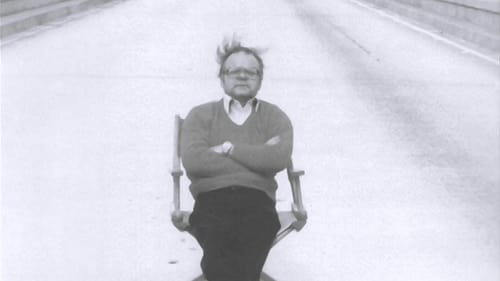
This documentary examines the life and legacy of controversial Italian filmmaker Lucio Fulci through interviews with his colleagues, each of whom answers the question, "What is your fondest memory of Lucio Fulci?". The responses are as varied as the people who knew the late writer-director, providing a nuanced look at the man behind such gory grindhouse classics as City of the Living Dead and The House by the Cemetery.
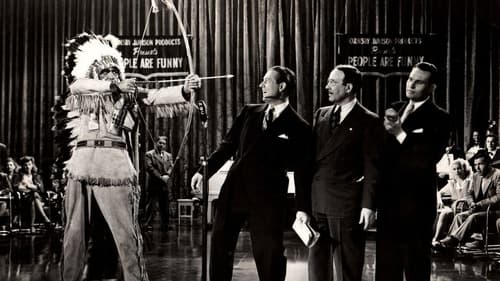
A comedy based on NBC's "People Are Funny" radio (and later television) program with Art Linkletter with a fictional story of how the program came to be on a national network from its humble beginning at a Nevada radio station. Jack Haley is a producer with only half-rights to the program while Ozzie Nelson and Helen Walker are the radio writers and supply the romance. Rudy Vallee, always able to burlesque himself intentional and, quite often, unintentional, is the owner of the sought-after sponsoring company. Frances Langford, as herself, sings "I'm in the Mood for Love" while the Vagabonds quartet (billed 12th and last) chimes in on "Angeline" and "The Old Square Dance is Back Again."
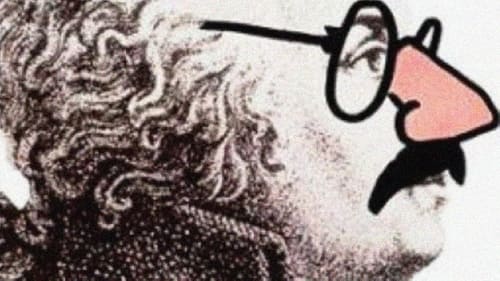
Letters, Riddles and Writs is a one act opera for television by Michael Nyman broadcast in 1991.
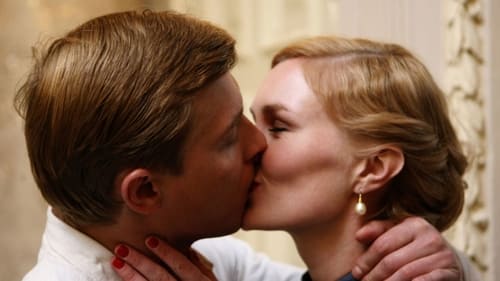
Iskyss is a strong and poetic love story based on Gunvor Galtung Haavik’s double life through 30 years. During the Cold War, she was employed by the Norwegian Ministry of Foreign Affairs, and assigned to the Norwegian Embassy in Moscow. With the information she had access to in the capacity of her position as interpreter and secretary, she frequently fed the KGB secret information.

According to Harun Farocki, today's photographers working in advertising are, in a way, continuing the tradition of 17th century Flemish painters in that they depict objects from everyday life - the "still life". The filmmaker illustrates this intriguing hypothesis with three documentary sequences which show the photographers at work creating a contemporary "still life": a cheese-board, beer glasses and an expensive watch.
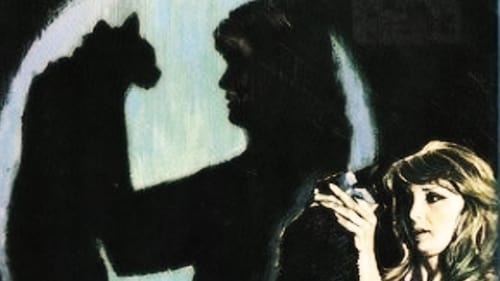
A notable opera singer tries to commit suicide because of a emotional breakdown. While hospitalized in a psychiatric clinic, her daughter cautiously approaches the man she considers to be the blame for the state of her mother in order to gain her revenge.
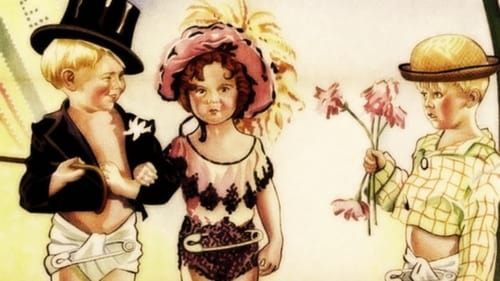
Una niña tiene que decidir con quién casarse: un pobre campesino o un rico propietario de un club nocturno.
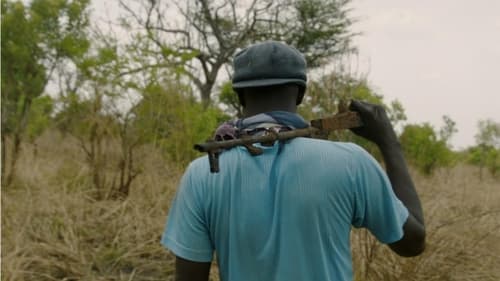
Uganda, 1989. A young Acholi rebel guided by spirits, Joseph Kony, forms a new rebel movement against the government: the LRA, The Lord’s Resistance Army. An “army” that grew by abducting teenagers – more than 60 000 over 25 years – of which less than half came out of the bush alive. Geofrey, Nighty and Mike, a group of friends, as well as Lapisa, were among these youths, abducted at 12 or 13. Today, in their effort to rebuild their lives and go back to normal, they revisit the places that marked their stolen childhood. At the same time victims and murderers, witnesses and perpetrators of horrific acts that they did not fully understand, they are forever the "Wrong Elements" that society struggles to accept. Meanwhile, in the immensity of the Central African jungle, the Ugandan army still continues to hunt the last scattered LRA rebels. But Joseph Kony is still out there, on the run.

In Our Nazi, we are plunged into a situation we barely, and only slowly, understand: the filming of Thomas Harlan’s experimental feature Wundkanal (1984), in which true-life ex-SS officer Alfred Filbert, now very old, is ‘put on trial’ for the camera, without him suspecting what is to come or why he is really there. Kramer’s confronting film is an essay about the sticky complicity of everyone present at this event, each bringing their own history, their own political ideology, their own desires to take revenge, to seek redemption or compassion, or just to put their heads down and ‘get the job done’ professionally, or (in the case of Filbert) to be a star, a part of the magnificent, magical, seductive world of cinema, even if it kills him.
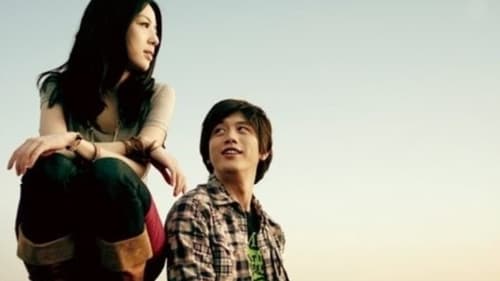
Moody, atmospheric ghost story starring Mason as a retired tradesman who purchases an old mansion that has been vacant for 40 years because it is believed to be haunted by the spirit of a young woman who had died there. Unaware of the mansion's reputation, Mason and his wife Mullen move in and hire a young woman, Lockwood, to keep house. Soon after Lockwood's arrival, strange things begin to happen in the household, and it becomes apparent that she is possessed by the spirit of the dead girl, though Mason scoffs at the idea. On death's door and bedridden, Lockwood asks for the same doctor who treated the woman who died 40 years ago. He arrives and treats her. The next morning Lockwood is cured, and it is revealed by the police that the doctor's dead body was found in his carriage hours before the time Mason claims he arrived to see Lockwood. Convinced that not only the ghost of the girl but that of the doctor as well entered his home, Mason finally believes in the supernatural.
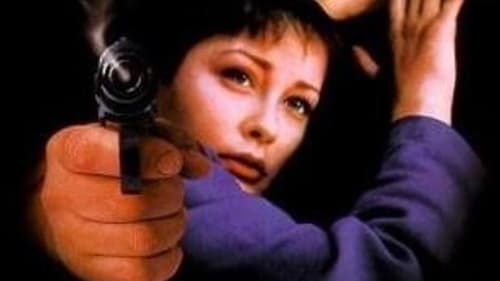
A loving couple struggle to fend for themselves in modern day Los Angeles, One a loner and down and out, the other a lonely but hardworking secretary. Eventually, as cracks form in their passionate relationship, they resort to robbing an aging actress for money.
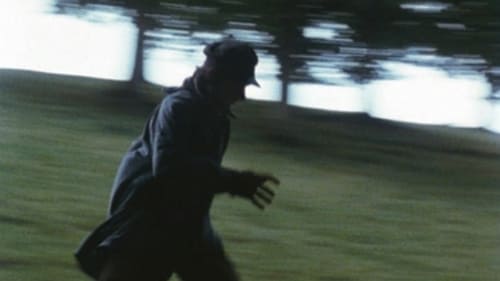
En 1975, Nicolas Philibert, un joven ayudante de dirección, participó en la película de René Allio "Yo, Pierre Riviére, habiendo matado a mi madre, mi hermana y mi hermano...", inspirada en un crimen que tuvo lugar en Normandía hace 140 años. Esta película debía su singularidad al hecho de que los miembros del equipo artístico eran los propios granjeros de la región. Treinta años después de rodar aquella película, Nicolas Philibert decide reencontrarse con los actores. Algunos ya no viven y otros han emigrado, pero en un absoluto proceso de investigación, Philibert intenta recuperarlos para que nos hablen sobre su vida y nos cuenten cómo les ha afectado su participación en aquella película.














